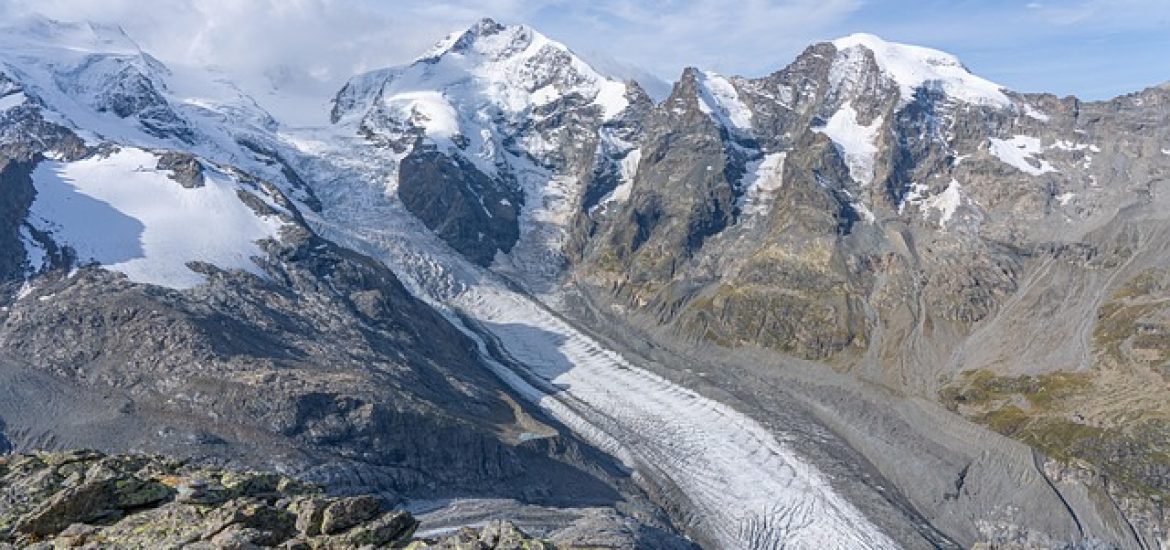
A recent international study has delivered a sobering conclusion: nearly 40% of the world’s glacier mass is already beyond recovery, even if global warming stopped immediately. The research projects that this irreversible melting will contribute significantly to sea level rise—around 113 millimeters globally.
Published in the journal Science, the study used advanced glacier modeling techniques to forecast the long-term future of glacial regions. Researchers predict that, under current temperature levels, the planet will still experience a massive loss of glacial volume over the coming centuries.
Warming Continues Despite Global Climate Pledges
Although close to 200 nations committed to climate goals in the 2015 Paris Agreement—aiming to keep global temperature rise below 2°C, ideally under 1.5°C—the world is currently on track for up to 2.9°C of warming by 2100. This ongoing rise spells disaster for glaciers and the ecosystems and communities that rely on them.
The study emphasizes that each additional 0.1°C of warming between 1.5°C and 3°C results in an estimated 2% more glacier mass being lost. That difference could determine whether regions can adapt or face severe water shortages. Glacier melt feeds rivers used for drinking water, hydropower, and agriculture in many regions, meaning their disappearance could destabilize entire societies.
Hope in the Data: Every Tenth of a Degree Counts
Despite the grim outlook, the scientists behind the study stress the importance of continued climate action. They argue that reducing future emissions still plays a crucial role in minimizing glacier loss.
Lilian Schuster, one of the lead researchers from the University of Innsbruck, noted that while much damage is irreversible, it’s not too late to prevent even worse outcomes. “With every tenth of a degree we avoid in warming, more ice is preserved,” she stated.
Glacier scientists aim to use this research not to spread alarm, but to inform global leaders and the public. Their findings are based on simulation models—not activism—but the implications are profound.
Looking Beyond 2100: A New Century-Scale Perspective
What sets this study apart is its long-term view. Previous glacier forecasts typically stopped at the year 2100. However, glaciers react more slowly than many other parts of the climate system. Changes we make today may not show their full impact on ice mass until centuries later.
By using eight distinct glacier models and projecting their outcomes far into the future, the researchers were able to generate a broad yet consistent picture. While the models estimated a range of possible mass losses—from 15% to 55%—the median outcome landed at 39% loss if current warming levels remain unchanged.
This wide but unified prediction range underscores how glacier loss will vary by region. Areas such as Western Canada, parts of the U.S., Scandinavia, and the Russian Arctic are particularly vulnerable.
A Call for Urgent and Unified Global Response
The consistent message across all models is clear: the more temperatures rise, the more ice the planet loses. Glaciers are not only key indicators of climate change, but also critical to biodiversity, freshwater availability, and sea level regulation.
The study is a stark reminder of the long-term consequences of short-term decisions. While some glacier loss is already locked in, the future still holds opportunities for mitigation—if governments, industries, and individuals act now.





